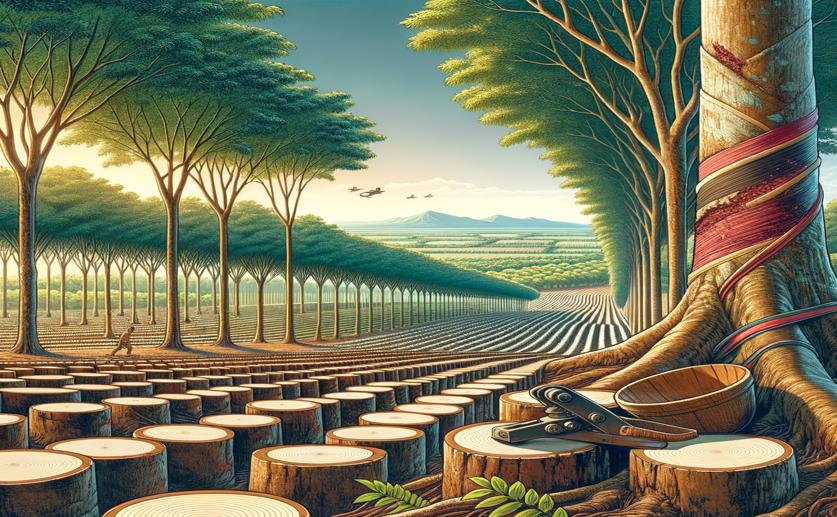
How Expanding Rubber Farms Transform Southern India
Jenn Hoskins
12th March, 2024

Key Findings
- Rubber plantation area in the study region jumped from 30% to 74% in 50 years
- Farmers' incomes improved, but at a high cost to the environment
- Land use drivers have evolved, highlighting a need for eco-friendly policies
AgricultureEnvironmentSustainability
References
Main Study
1) The large-scale expansion of rubber plantations in southern India: major impacts and the changing nature of drivers.
Published 11th March, 2024
https://doi.org/10.1007/s10661-024-12517-1
Related Studies
2) Spatio-temporal evolution of agricultural land use change drivers: A case study from Chalous region, Iran.
3) Global land change from 1982 to 2016.
4) Below-ground interspecific competition for water in a rubber agroforestry system may enhance water utilization in plants.
5) Global consequences of land use.
Journal: Science (New York, N.Y.), Issue: Vol 309, Issue 5734, Jul 2005



 21st February, 2024 | Jim Crocker
21st February, 2024 | Jim Crocker